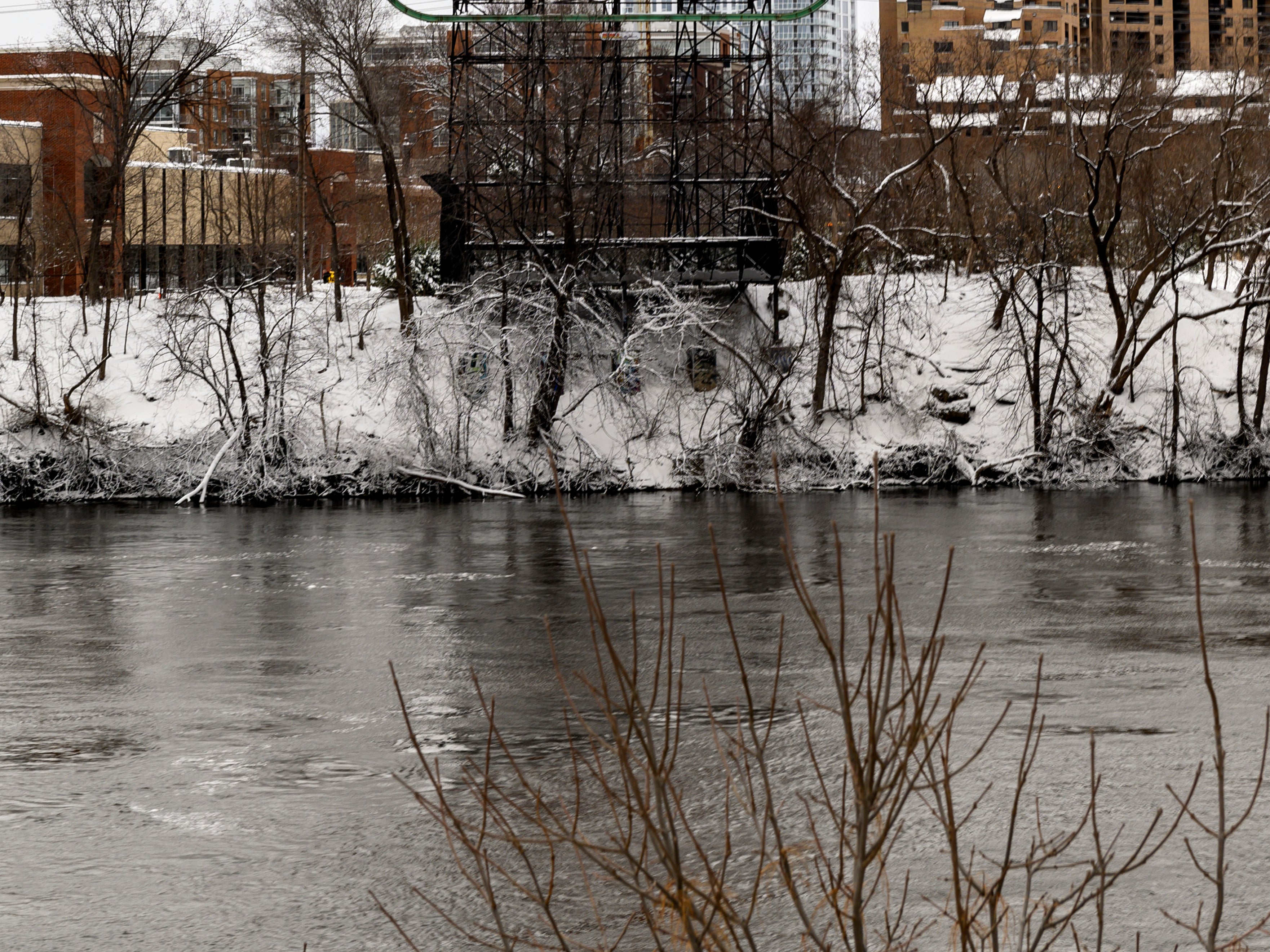Nearly 8,000-year-old human skull found by kayakers in Minnesota river
Remains will be handed over to officials from Upper Sioux Community

Your support helps us to tell the story
From reproductive rights to climate change to Big Tech, The Independent is on the ground when the story is developing. Whether it's investigating the financials of Elon Musk's pro-Trump PAC or producing our latest documentary, 'The A Word', which shines a light on the American women fighting for reproductive rights, we know how important it is to parse out the facts from the messaging.
At such a critical moment in US history, we need reporters on the ground. Your donation allows us to keep sending journalists to speak to both sides of the story.
The Independent is trusted by Americans across the entire political spectrum. And unlike many other quality news outlets, we choose not to lock Americans out of our reporting and analysis with paywalls. We believe quality journalism should be available to everyone, paid for by those who can afford it.
Your support makes all the difference.A partial human skull discovered by kayakers in Minnesota last year is around 8,000 years, authorities have announced, adding that it will be given to Native American officials.
Last summer, two kayakers found the skull in the drought-depleted Minnesota River about 110 miles (180km) west of Minneapolis, Renville County sheriff Scott Hable said.
The Renville County Sheriff’s Office thought that it could be related to a missing person and turned the skull over to the Midwest Medical Examiner’s Office and the FBI’s forensic anthropologist.
After running studies, carbon dating helped experts conclude that the skull possibly belonged to a young man who lived between 5500 BC and 6000 BC.
Authorities added that the skull may have suffered blunt force trauma due to a depressed area on it.
“Carbon-14 from the atmosphere via food is incorporated into bones while the bones are maturing,” the sheriff’s office said in a statement last week. “Through reviewing the Carbon-14, this individual would have had a heavy marine diet or a diet high in maize, pearl millet, or sorghum, which is outside the range of the American diet.”
“The available science and technology are truly incredible, and we are fortunate to have the partners that we do to assist us in this investigation and to have come across this little piece of history,” the statement from the sheriff’s office read.
"It was a complete shock to us that that bone was that old,” Mr Hable said, according to Minnesota Public Radio.
After the sheriff’s office posted on its Facebook about the discovery, it faced severe criticism from Native Americans, who said publishing photos of ancestral remains was offensive to their culture.
Mr Hable’s office then removed the post. “We didn’t mean for it to be offensive whatsoever,” he said.
Minnesota Indian Affairs Council Cultural Resources specialist Dylan Goetsch said that neither the council nor the state archaeologist were notified about the discovery as required by state laws governing care and repratiation of Native American remains.
Mr Goetsch said that the Facebook post “showed a complete lack of cultural sensitivity” by failing to call the individual a Native American and referring to the remains as “a little piece of history”.
“There’s probably not that many people wandering around Minnesota 8,000 years ago, because, the glaciers had only retreated a few thousands years before that,” said Kathleen Blue, a professor of anthropology at Minnesota State University. “That period, we don’t know much about it.”
The remains will be turned over to the Upper Sioux Community tribal officials.
Additional reporting by agencies
Join our commenting forum
Join thought-provoking conversations, follow other Independent readers and see their replies
Comments